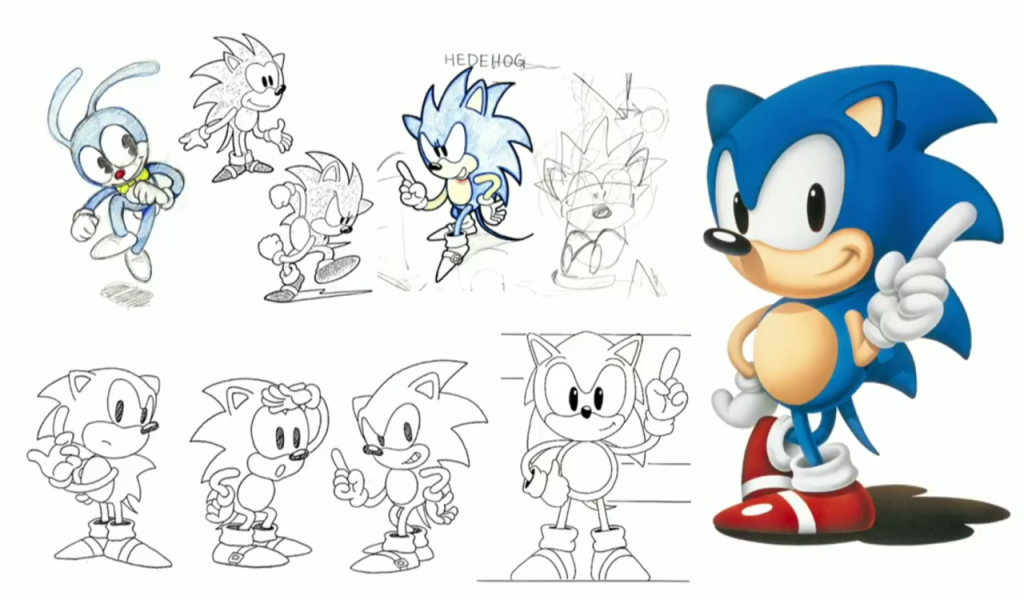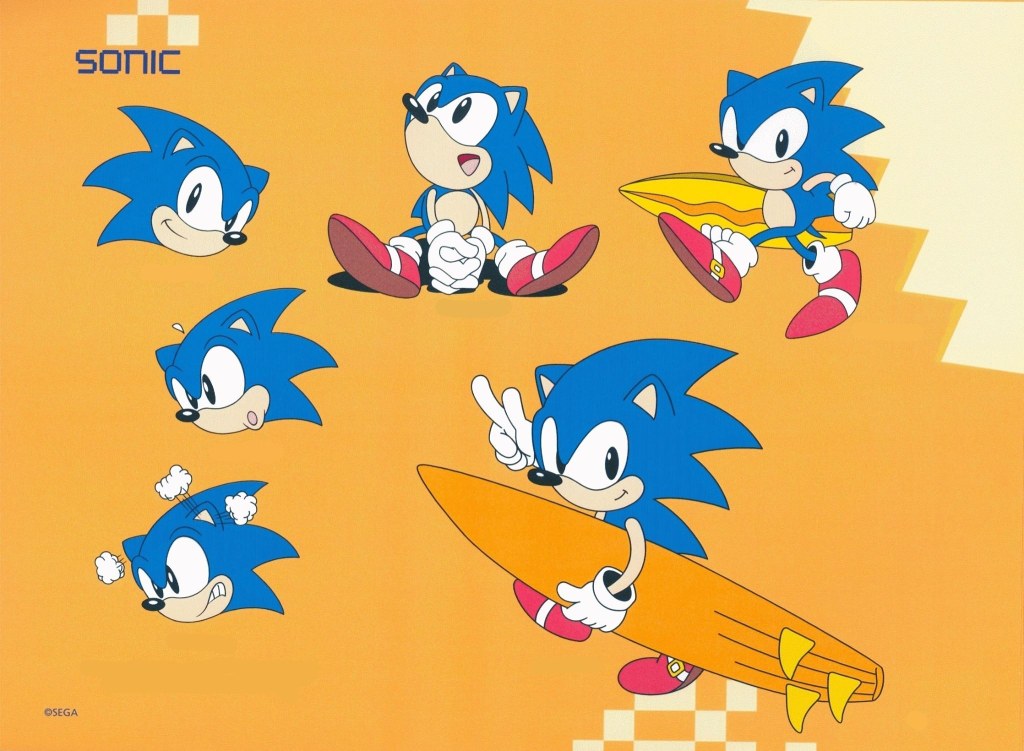Classic Sonic Concept Art: A Glimpse into the Iconic Blue Hedgehog’s Design Evolution
Greetings, Art Lovers and Art Enthusiasts! Today, we take a deep dive into the world of classic Sonic concept art, exploring the rich history and visual evolution of everyone’s favorite blue hedgehog. From his humble beginnings in the early 1990s to his iconic status in pop culture today, the concept art behind Sonic has played a crucial role in shaping his design and identity.
Introduction
Concept art serves as the foundation for any character’s visual development, and Sonic the Hedgehog is no exception. Created by Yuji Naka and the Sonic Team, Sonic burst onto the gaming scene in 1991, capturing the hearts of gamers worldwide with his speedy gameplay and charming personality. But what goes into creating the iconic look of Sonic? Let’s explore the fascinating world of classic Sonic concept art in more detail.
1. What is Classic Sonic Concept Art?
Image Source: twimg.com
Classic Sonic concept art refers to the early design iterations and artistic ideas that have shaped the appearance of Sonic the Hedgehog throughout the years. This includes sketches, illustrations, and 3D renderings that showcase his iconic blue fur, red shoes, and signature quills.
2. Who are the Artists Behind Classic Sonic Concept Art?

Image Source: pinimg.com
The original artwork for Sonic was created by Naoto Ohshima, who is credited with designing Sonic’s iconic blue hedgehog look. Other notable artists involved in Sonic’s visual development include Akira Watanabe, Kazuyuki Hoshino, and Yuji Uekawa, each contributing their unique artistic flair to the character’s design.
3. When Did Classic Sonic Concept Art First Emerge?
The concept art for Sonic the Hedgehog began to take shape in the late 1980s, during the early stages of development for the game. The first Sonic game was released in 1991, and since then, the concept art has evolved alongside the character’s growth and popularity.

Image Source: pinimg.com
4. Where Can We Find Classic Sonic Concept Art?
Classic Sonic concept art can be found in various forms, including official artbooks, video game art galleries, and online platforms dedicated to preserving and showcasing video game artwork. These collections offer a treasure trove of early sketches, character designs, and promotional artwork.
5. Why is Classic Sonic Concept Art Significant?
Classic Sonic concept art holds significant importance as it not only represents the creative process behind the character’s design but also serves as a visual record of his evolution. Through concept art, we can witness the transformation of Sonic from a simple blue hedgehog to the iconic gaming mascot he is today.
6. How Does Classic Sonic Concept Art Influence Pop Culture?
The influence of classic Sonic concept art extends beyond the world of gaming. Sonic has become a cultural icon, with his distinctive design recognized worldwide. The concept art has provided a blueprint for merchandise, animated adaptations, and even the recently released Sonic the Hedgehog movie, solidifying Sonic’s place in popular culture.
Pros and Cons of Classic Sonic Concept Art
1. Pros: A Visual Journey
The concept art offers fans a fascinating visual journey through Sonic’s development, allowing them to appreciate the creativity and effort put into bringing the character to life.
2. Pros: Insight into the Design Process
By exploring the concept art, we gain a deeper understanding of the design choices made for Sonic, such as his iconic blue color, speedy demeanor, and his trademark spiky quills.
3. Pros: Inspiration for Artists
The classic Sonic concept art serves as an inspiration for aspiring artists, showcasing the power of artistic imagination and the transformative journey from initial sketches to the final renderings.
4. Cons: Limited Accessibility
Not all classic Sonic concept art is easily accessible to fans. Some early sketches and designs may be kept under strict copyright or limited to private collections, making them harder to find and enjoy.
5. Cons: Inevitable Changes
While concept art plays a vital role in shaping a character’s design, it’s important to remember that changes are inevitable. Sonic has undergone numerous design updates over the years, departing from the original concept art in certain aspects.
Frequently Asked Questions (FAQs)
1. Q: Are there any rare pieces of classic Sonic concept art?
A: Yes, there are rare pieces of concept art that showcase early iterations and unused designs for Sonic, providing a glimpse into what could have been.
2. Q: How has Sonic’s concept art influenced other video game characters?
A: Sonic’s concept art has undoubtedly influenced the design of other video game characters, with his vibrant colors, expressive eyes, and dynamic poses setting a benchmark for many future creations.
3. Q: Can I purchase classic Sonic concept art?
A: Officially licensed art prints and merchandise featuring classic Sonic concept art can be found online and in select retail stores, allowing fans to own a piece of Sonic’s visual history.
4. Q: What are some notable changes in Sonic’s concept art over the years?
A: Notable changes in Sonic’s concept art include alterations to his eye shape, body proportions, and the addition of various accessories, such as wristbands and different shoe designs.
5. Q: How has the concept art influenced Sonic’s personality and characterization?
A: Sonic’s concept art has played a significant role in shaping his personality, with his energetic and rebellious attitude reflecting through his dynamic poses and determined expressions.
Conclusion
In conclusion, classic Sonic concept art offers a mesmerizing glimpse into the visual evolution and creative process behind everyone’s favorite blue hedgehog. From the early sketches to the final renderings, the concept art showcases the dedication and talent of the artists involved in bringing Sonic to life. Whether you’re a die-hard Sonic fan or an aspiring artist, exploring the world of classic Sonic concept art is a delightful journey that unveils the rich history and enduring charm of this iconic character.
Final Remarks
Classic Sonic concept art is a valuable testament to the power of artistic vision and its impact on popular culture. While the concept art captures Sonic’s design evolution, it’s essential to respect the creative decisions made by the artists and appreciate the character’s growth over the years. Let us celebrate the iconic blue hedgehog and the concept art that shaped his indelible image in the hearts of millions.